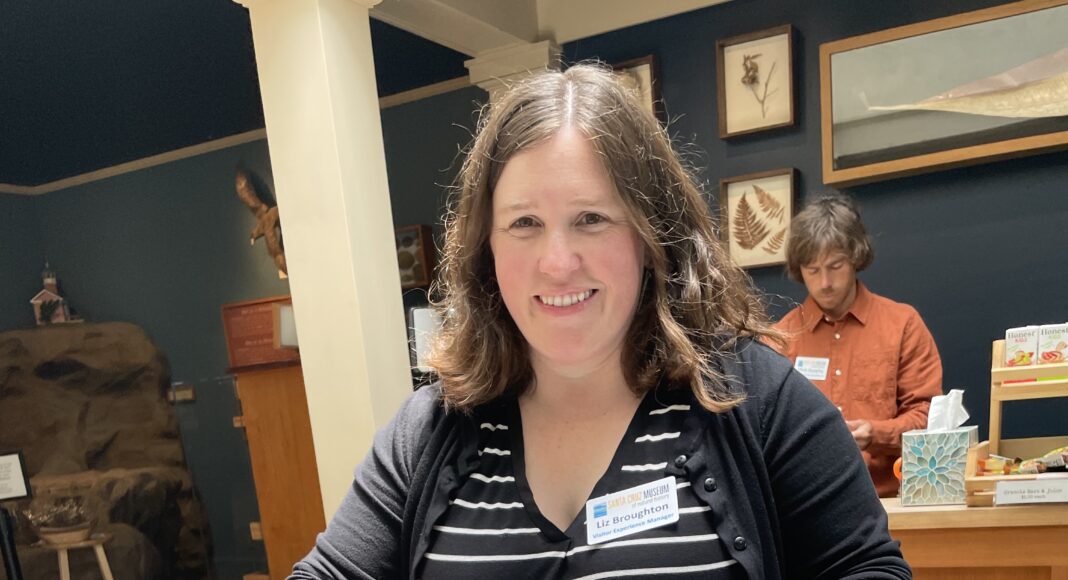On Friday, a woman walking on Rio Del Mar Beach stumbled upon a large tooth that belonged to a mastodon.
About 100,000 years ago, American mastodons roamed California, using their giant trunks and teeth to graze upon the trees growing in forests and wetlands.
While they share their ancestry with today’s elephants, they were larger. The males stood as high as seven feet high and weighed six tons.
The beasts went extinct about 10,000 years ago thanks to climate change to cold, dry, glacial conditions that occurred with the last ice age, according to the American Museum of Natural History.
Fast forward to 2023, when a series of harsh winter storms caused rivers to swell and wash felled trees, rocks and other detritus downstream from the mountains. These circumstances likely contributed to the tooth making its way to the Santa Cruz County beach: the tooth likely started in the higher elevations it and its kin historically called home.
The woman, who was unaware of what she had stumbled upon, snapped a photo of the tooth and posted it to her Facebook page, which generated a firestorm of public interest.
When Santa Cruz Museum of Natural History paleontology collection advisor Wayne Thompson saw the post, he immediately knew what it was. After all, he is responsible for the museum’s centerpiece exhibit featuring the skull of a young mastodon.
“He knew immediately what it was, because mastodon teeth are pretty distinctive,” said Museum, Visitor Experience Manager Liz Broughton.
But when Thompson went to retrieve the tooth for display at the museum, he realized someone had taken it.
So he too turned to social media, this time to ask whoever found it to bring it to the museum.
On Tuesday, Aptos resident Jim Smith called to say he had it.
“He was very happy to give it to the museum, and it was a happy ending to the story,” Broughton said.
While many marine fossils can be found in the coastal regions, the tooth is a rarity in the paleontology world, with just three known specimens discovered to date, she said.
Scientists will now study the tooth to see what it can show about the owner and how mastodons lived. Among other things, it could give clues about diet, habitat and other aspects of life.
“It’s a great indicator of what the flora and the fauna and the topography of Santa Cruz looked like thousands to tens of thousands years ago,” Broughton said.
After that, the tooth will become a permanent part of the museum’s display, she said.
“I think what’s special about this story is the way the community came together, the kindness of Jim coming forward,” she said. “We’re looking forward to exhibiting it in the future.”














